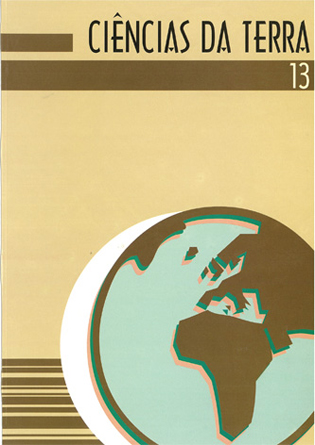The Cristo Rei section (Lower Miocene), Distal fluviatile environments in a marine series, plants, vertebrates and other evidence, age
Abstract
Key words: Lower Miocene; Lower Tagus basin; Cristo Rei: datation; plant fossils; vertebrates; ecology and environments. The section at Cristo Rei shows sandy beds with intercalated clayey lenses (IVb division from the Lisbon Miocene series) that correspond to a major regression event dated from between ca. 17.6 and 17 Ma. They also correspond to a distal position (relatively to the typical fluviatile facies in Lisbon), nearer the basin's axis. Geologic data and paleontological analysis (plant fossils, fishes, crocodilians, land mammals) allow the reconstruction of environments that were represented in the concerned area: estuary with channels and ox-bows; upstream, areas occupied by brackish waters where Gryphaea griphoides banks developped; still farther upstream, freshwaters sided by humid forests and low mountain subtropical forests under warm temperate and rainy conditions, as well as not far away, seasonally dry environments (low density tree or shrub cover, or steppe).Downloads
Published
2009-05-07
Issue
Section
Articles






